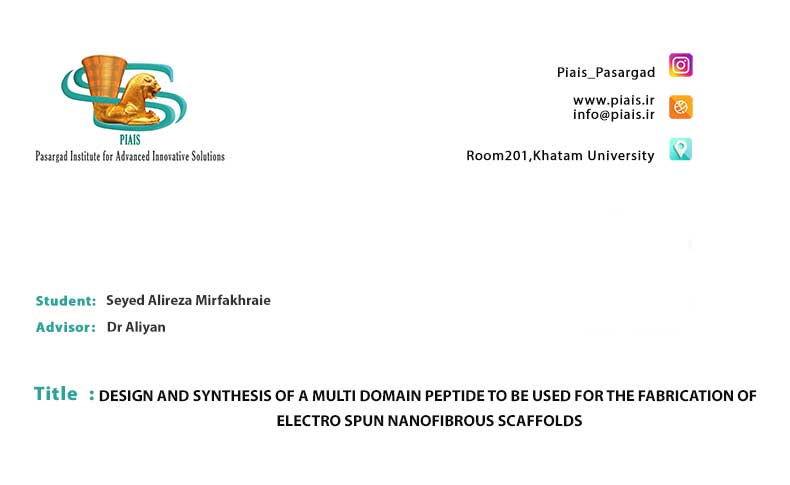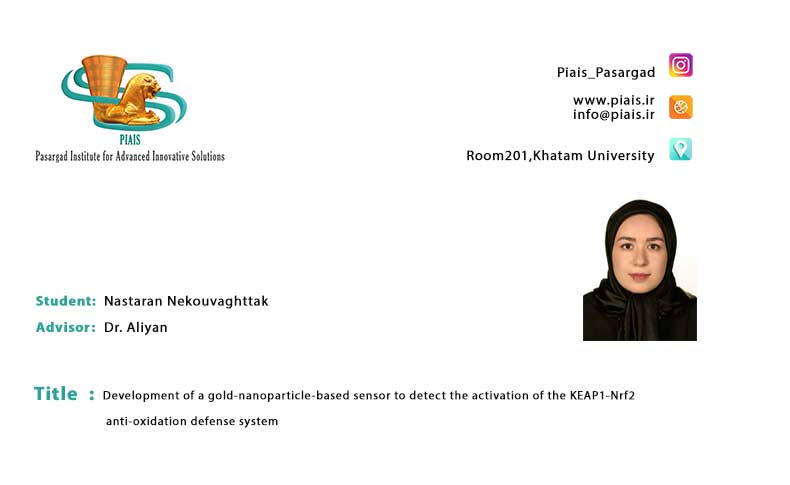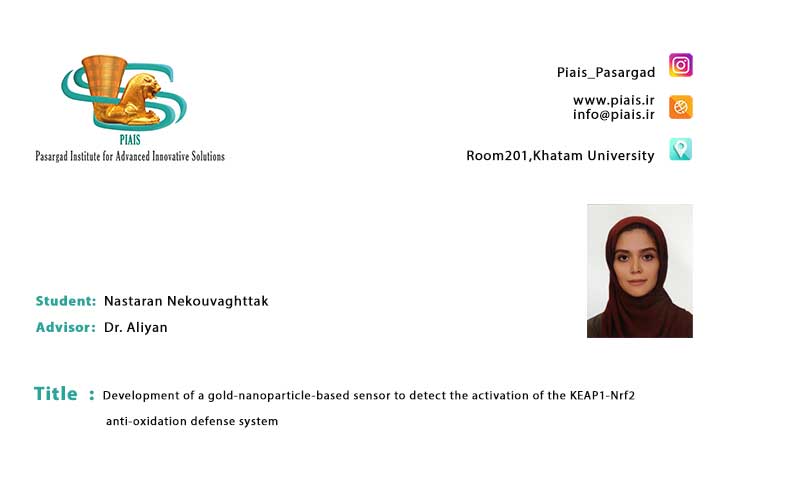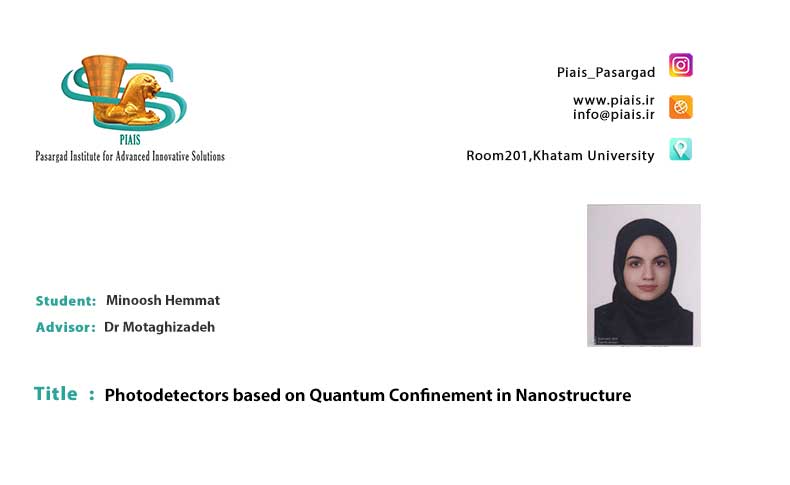
DESIGN AND SYNTHESIS OF A MULTI DOMAIN PEPTIDE TO BE USED FOR THE FABRICATION OF ELECTRO SPUN NANOFIBROUS SCAFFOLDS
Abstract
Hydrogels are of high importance due to their various applications in drug delivery and tissue engineering. As Rosiak and Yoshi explained in 1999, they are defined as a cross-linked three-dimensional polymeric network structure, which can absorb and retain considerable amounts of water . Nanofibrous scaffolds have been a major revolution in the field of tissue engineering which may improve the health and quality of life by enhancing tissue function. Owing to their high surface to volume ratio, nanofibrous scaffolds increase cell adhesion, proliferation, and differentiation. Electro spun scaffolds are very well-known for their utility from drug delivery to wound healing. Scaffolds perform a significant role in tissue engineering. Nanofibrous scaffolds should possess significant physiochemical properties, namely, support cells, induce cell differentiation and promote tissue growth, biocompatible and biodegradable should have mechanical strength, flexibility, and porosity. Electrospun nanofibers scaffolds have also been utilized as skin grafts attributed to their high surface area-to-volume ratio which presents increased surface for attachment. Moreover, nanofiber scaffolds have advantages of protecting the wound area. Hartgerink introduced a class of peptides called multi-domain peptides, and successfully showed their remarkable potential to form highly biocompatible hydrogels. However, no efforts to form nanofibrous scaffolds from his peptide has been performed. Not only can successful development of a method bring the advantages of nanofibers to this class of material, but it also can allow to fabricate nanofibrous scaffolds from similar hydrogels as well. In this project, two of Hartgerink peptides will be synthesized, and new strategies will be applied to form nanofibrous scaffolds from them
Relations Post

Evaluating the electronic effect of the pyridine ring on the dual light switching effect of [Re(CO)3(dppz)(Py)]Cl
Learn More

